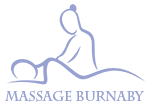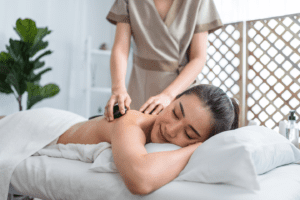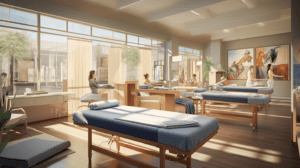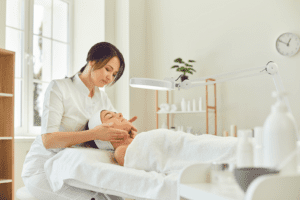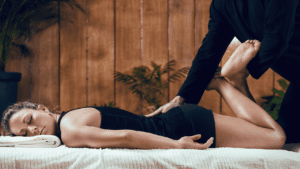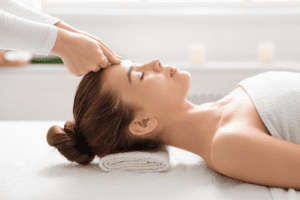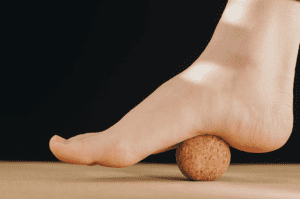Ortho-Bionomy
Table of Contents
Unlocking Natural Healing: Ortho-Bionomy Training & Careers
Ortho-Bionomy is a therapeutic approach that aims to stimulate the body’s natural ability to correct and balance itself through gentle movements and compression.
This article explores the training and career opportunities in Ortho-Bionomy, a field that focuses on natural healing alternatives. Training for Ortho-Bionomy can be obtained through massage and homeopathy schools, as well as seminars, requiring approximately 500 hours of study. Coursework encompasses subjects such as anatomy, physiology, postural re-education, and isometrics.
Many students pursue licensure through massage school, as the employment prospects for massage therapists are projected to grow by 20% through 2031. With the increasing public interest in natural healing, specialized therapists like Ortho-Bionomy practitioners have the potential to enhance their earning potential.
To succeed in this field, advanced training in anatomy, physiology, and bodywork is essential, along with a profound understanding of the philosophy that less movement can lead to greater healing. Furthermore, business and marketing skills are necessary to establish a thriving practice in Ortho-Bionomy.
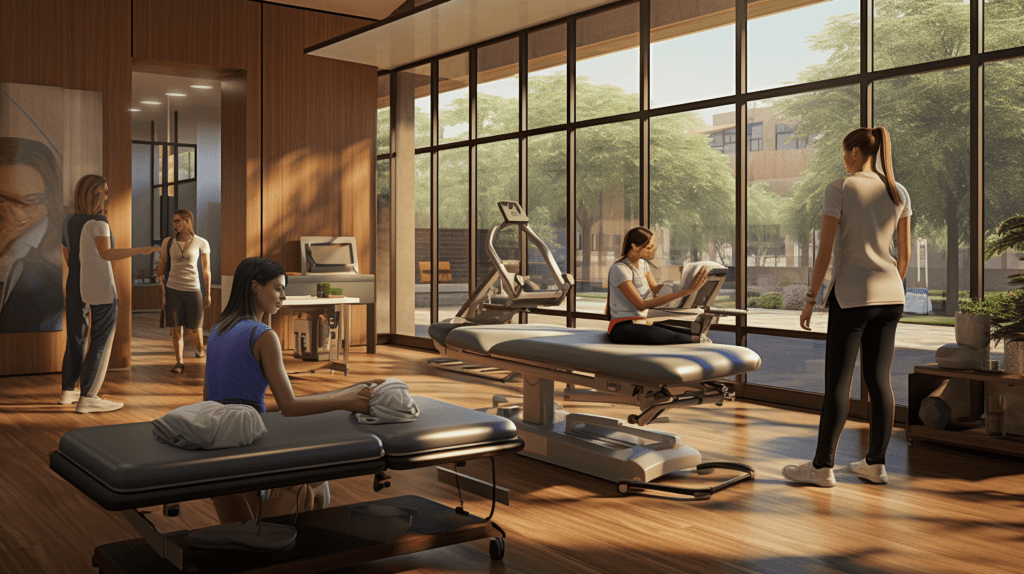
What is it?
Ortho-Bionomy® is a form of bodywork that stimulates natural self-correction and self-balance using movements and gentle compression. It involves positioning the body for comfort and encouraging natural reflexes. This technique aims to unlock the body’s inherent ability to heal itself.
The benefits of Ortho-Bionomy® include pain relief, increased range of motion, improved posture, and enhanced overall well-being. Practitioners use a variety of techniques such as light touch, stretching, and isometric exercises to facilitate the body’s self-healing mechanisms.
By utilizing specific body positions and movements, Ortho-Bionomy® helps to release tension and restore balance in the musculoskeletal system. This approach is often described as the ‘homeopathy of bodywork’ due to its gentle and non-invasive nature.
Overall, Ortho-Bionomy® offers a holistic approach to healing that respects the body’s natural wisdom and promotes self-care.
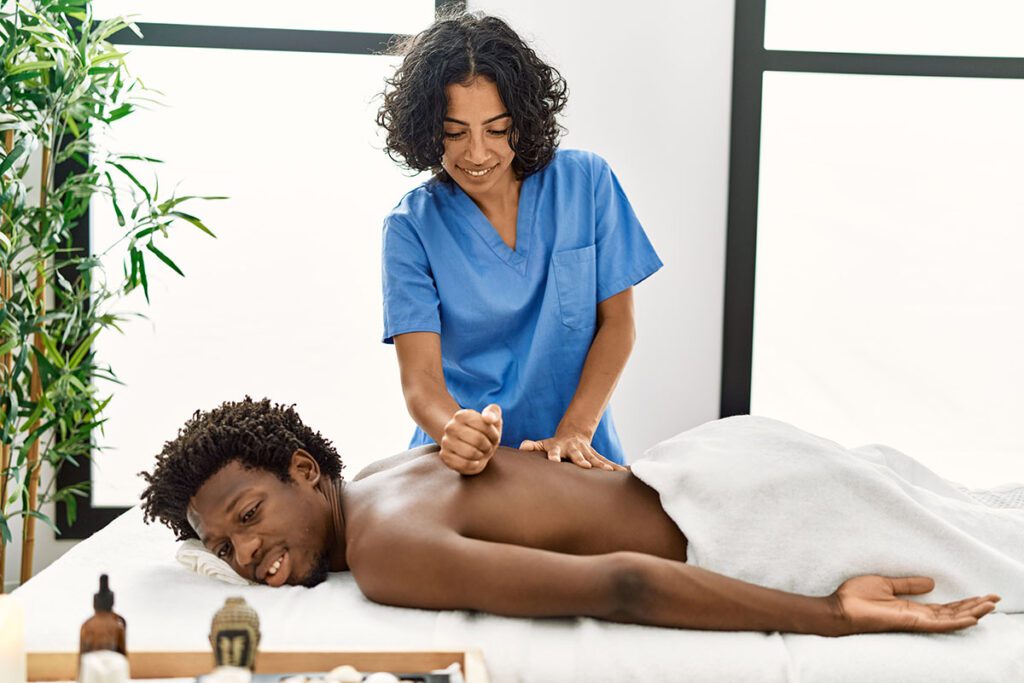
Training and Certification
Training and certification for practitioners in Ortho-Bionomy typically involves coursework in anatomy, physiology, postural re-education, isometrics, and other related subjects. To become a registered practitioner, individuals must complete a training program that typically requires 500 hours or around 18 months of study.
This training can be obtained through massage and homeopathy schools, as well as seminars. Full-time or weekend seminars are available to accommodate different schedules. Tuition for these training programs ranges from $250 to $500 per class, and financial aid may be available.
In addition to the coursework, students may also be required to complete practical training and pass a certification exam. It is important for practitioners to have a thorough understanding of anatomy, physiology, and bodywork techniques to effectively practice Ortho-Bionomy.
Licensing requirements may vary by province or country.

Career Opportunities
Career opportunities in the field of Ortho-Bionomy include the potential for increased earning potential as a specialized therapist, as well as the opportunity to contribute to the growing demand for natural healing alternatives.
As public interest in holistic and natural healing approaches continues to rise, the demand for specialized therapists like Ortho-Bionomy practitioners is expected to increase. With advanced training in anatomy, physiology, and bodywork, these practitioners can offer unique skills and techniques that can set them apart in the industry.
Additionally, the projected 20% growth in employment of massage therapists through 2031 provides a favorable job market for those pursuing a career in Ortho-Bionomy.
By combining their knowledge of the philosophy that less movement can lead to greater healing with effective business and marketing strategies, Ortho-Bionomy practitioners can establish successful practices and achieve professional growth.
| Pros | Cons |
| High earning potential | Advanced training required |
| Growing demand for natural healing alternatives | Need for business and marketing expertise |
| Favorable job market for massage therapists | Competition from other holistic modalities |
| Opportunity to contribute to the well-being of others | Continued professional development necessary for career growth |
Frequently Asked Questions
How does Ortho-Bionomy differ from other forms of bodywork or massage therapy?
Ortho-Bionomy differs from other forms of bodywork or massage therapy through its unique techniques and main principles.
Unlike traditional massage therapy, Ortho-Bionomy focuses on stimulating natural self-correction and self-balance through movements and gentle compression.
It also emphasizes positioning the body for comfort and encouraging natural reflexes.
These techniques, combined with the understanding that less movement can lead to greater healing, set Ortho-Bionomy apart from other modalities.
Additionally, Ortho-Bionomy requires advanced training in anatomy, physiology, and bodywork, making it a specialized form of therapy.
Are there any risks or contraindications associated with Ortho-Bionomy treatments?
Risks and contraindications associated with ortho-bionomy treatments should be taken into consideration. While ortho-bionomy is generally considered safe, there are potential risks. These may include:
- Temporary soreness
- Muscle discomfort
- Exacerbation of existing conditions
Contraindications may include:
- Acute injuries
- Fractures
- Open wounds
- Contagious diseases
- Certain medical conditions
It is important for practitioners to conduct a thorough assessment and communicate with clients to ensure treatment suitability and safety.
Can Ortho-Bionomy be used to treat specific health conditions or injuries?
Ortho-Bionomy is a gentle bodywork technique that aims to stimulate natural self-correction and self-balance. While there is limited research on its effectiveness for specific health conditions or injuries, it has been used to address a wide range of musculoskeletal issues such as back pain, joint stiffness, and postural imbalances.
Some practitioners claim success in treating conditions like sciatica and headaches. However, more robust scientific evidence is needed to support these claims. Further research is necessary to determine the full extent of Ortho-Bionomy’s applications and its efficacy in treating specific health conditions or injuries.
How long does it typically take to see results from Ortho-Bionomy treatments?
The duration of ortho-bionomy treatment results can vary depending on several factors.
The effectiveness of ortho-bionomy treatments can be influenced by the severity and chronicity of the condition being treated, the individual’s overall health and responsiveness to treatment, and the frequency and consistency of treatment sessions.
While some individuals may experience immediate relief and noticeable improvements after a few sessions, others may require more time for the benefits to manifest.
It is important to consult with a qualified ortho-bionomy practitioner for a personalized assessment and treatment plan.
Are there any ongoing professional development or continuing education requirements for Ortho-Bionomy practitioners?
Ongoing professional development and continuing education are important for ortho-bionomy practitioners to stay up-to-date with the latest developments in the field.
While specific requirements may vary, practitioners are typically encouraged to participate in workshops, seminars, and conferences to enhance their skills and knowledge.
These opportunities allow practitioners to learn new techniques, deepen their understanding of anatomy and physiology, and stay informed about advancements in the field.
By engaging in ongoing professional development, ortho-bionomy practitioners can continue to provide high-quality care to their clients.
Conclusion
Ortho-Bionomy training and careers offer individuals the opportunity to stimulate natural self-correction and self-balance in the body through gentle movements and compression. With a focus on comfort and natural reflexes, practitioners can provide effective treatment on various platforms.
Training for Ortho-Bionomy is available through massage and homeopathy schools, as well as seminars, requiring extensive study in anatomy, physiology, and bodywork.
The increasing demand for natural healing alternatives contributes to the growth of employment opportunities in this field, making it a promising career choice for those with a passion for holistic healing.
